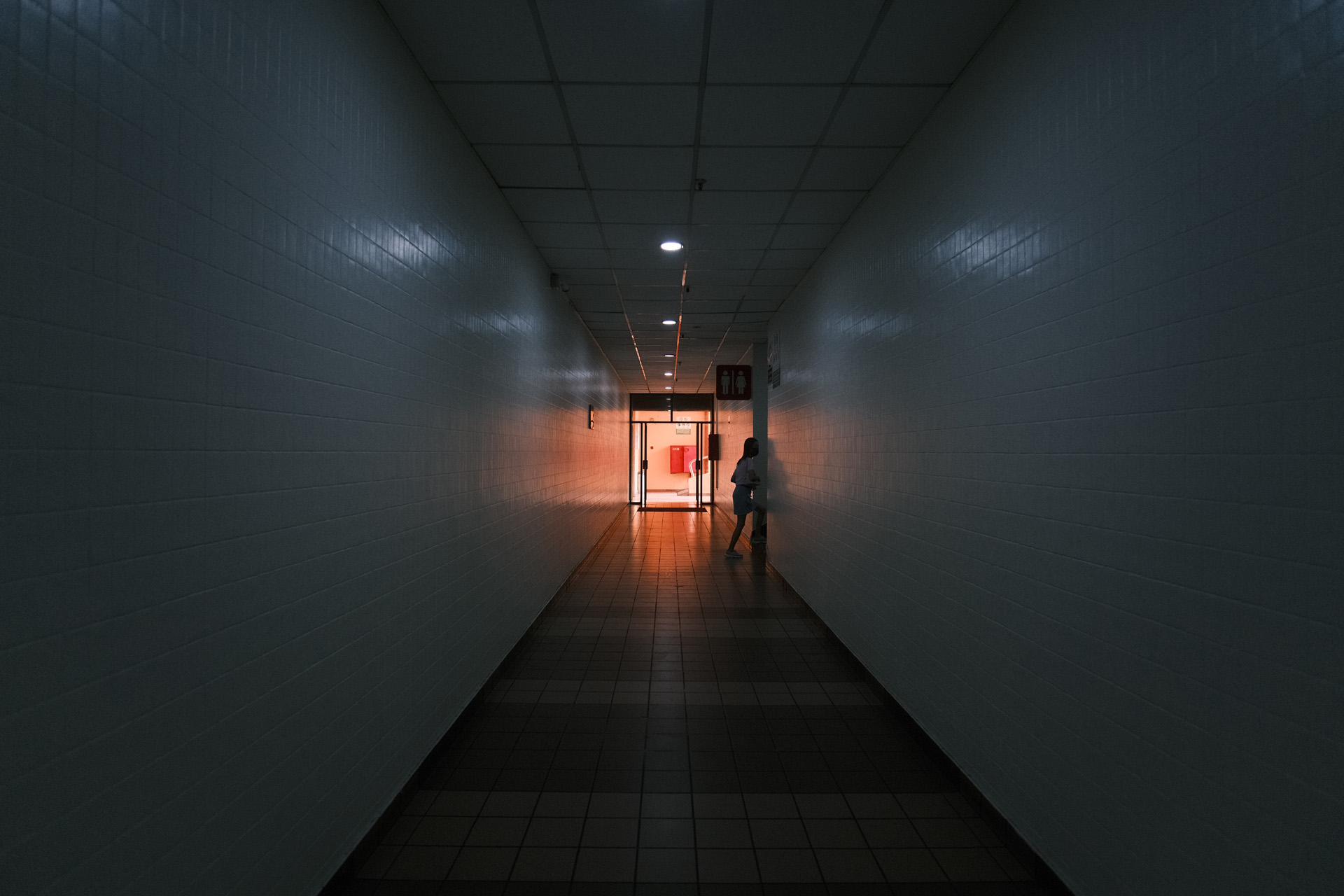The use of leading lines composition can transform your images from ordinary to extraordinary. As a beginner, mastering the art of composition is crucial, and one of the most powerful tools at your disposal is the use of leading lines. In street photography and portraits, these lines are not just elements of the scene; they are guiding paths that draw your viewer’s eye towards your intended subject, creating a sense of depth and intrigue.
Whether it’s the bustling streets of a city or the intimate setting of a portrait, leading lines help in telling a story more effectively. They are the silent narrators that direct attention, convey emotions, and add dynamism to your photographs. In this comprehensive guide, we will delve into the world of leading line composition, offering practical tips and insights specifically tailored for beginners in street photography and portraits. Get ready to discover how you can use this powerful technique to elevate your photographic skills and captivate your audience.
1. Understanding Leading Line Composition

Leading lines are a fundamental aspect of photographic composition, especially valuable for beginner photographers striving to create compelling images. In essence, they are lines within the frame that lead the viewer’s eye towards a specific point, often the main subject. These lines can be anything — from roads and pathways to architectural elements and natural contours. They serve a dual purpose: guiding attention and enhancing the aesthetic appeal of the photograph.
The power of leading lines lies in their ability to tap into our natural tendency to follow visual paths. When we look at a photograph, our eyes are instinctively drawn along lines. By using them strategically, you can control the way viewers interact with your image. This is particularly useful in street photography and portraits, where you want to emphasize certain elements over others.
Leading lines come in various shapes and forms, each creating a different visual effect. Straight lines, like those of a road or a bridge, convey a sense of directness and speed, leading the eye quickly through the image. They are great for creating strong, dynamic compositions. Curved lines, such as winding paths or rivers, introduce a sense of grace and gradual movement, guiding the eye more gently and often keeping it longer within the frame. Understanding the emotional impact of these different types of lines allows you to use them to create the desired effect in your street or portrait photography.
2. Leading Lines in Street Photography
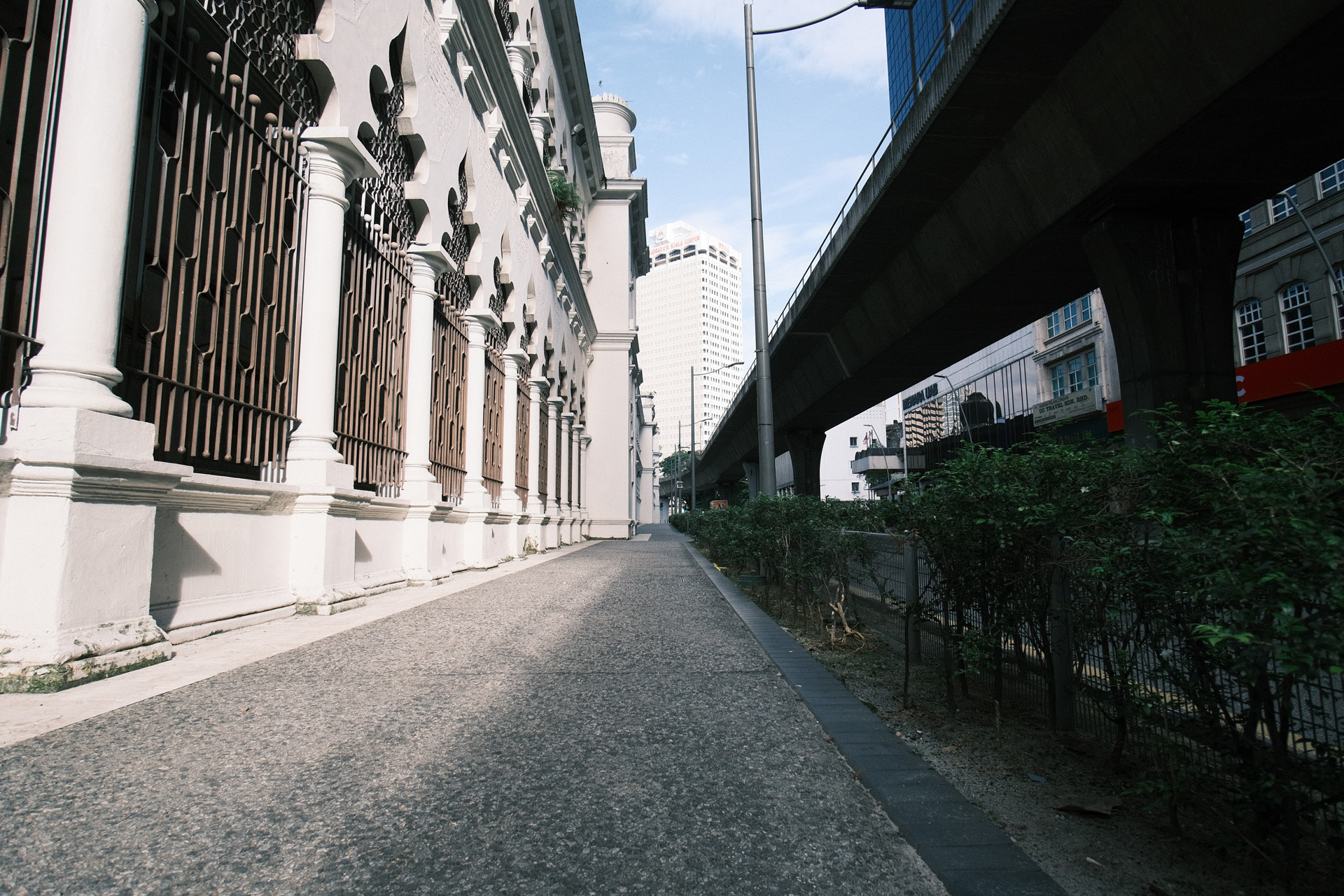
Street photography is a dynamic and often unpredictable genre, but leading lines bring a sense of order and focus to the chaos. In the urban landscape, these lines are everywhere, waiting to be utilized to enhance your composition.
Urban Geometry: The city is a treasure trove of geometric patterns and lines. Look for the symmetry in buildings, the patterns in staircases, and the lines formed by city streets. These elements can serve as leading lines, drawing the viewer’s eye toward the main subject of your photo, whether it’s a person, an architectural detail, or a unique street scene.
Shadows and Light Paths: Early morning or late afternoon light creates long shadows and contrasting light paths, perfect for leading lines. These natural elements can add drama and depth to your street photography, guiding the viewer through the frame.
Everyday Objects as Leading Lines: Sometimes, the most effective leading lines are the simplest ones. A row of benches, a series of lampposts, or even markings on the road can act as leading lines, adding a layer of interest and guiding the viewer’s attention.
Tips for Effective Use of Leading Lines in Street Scenarios
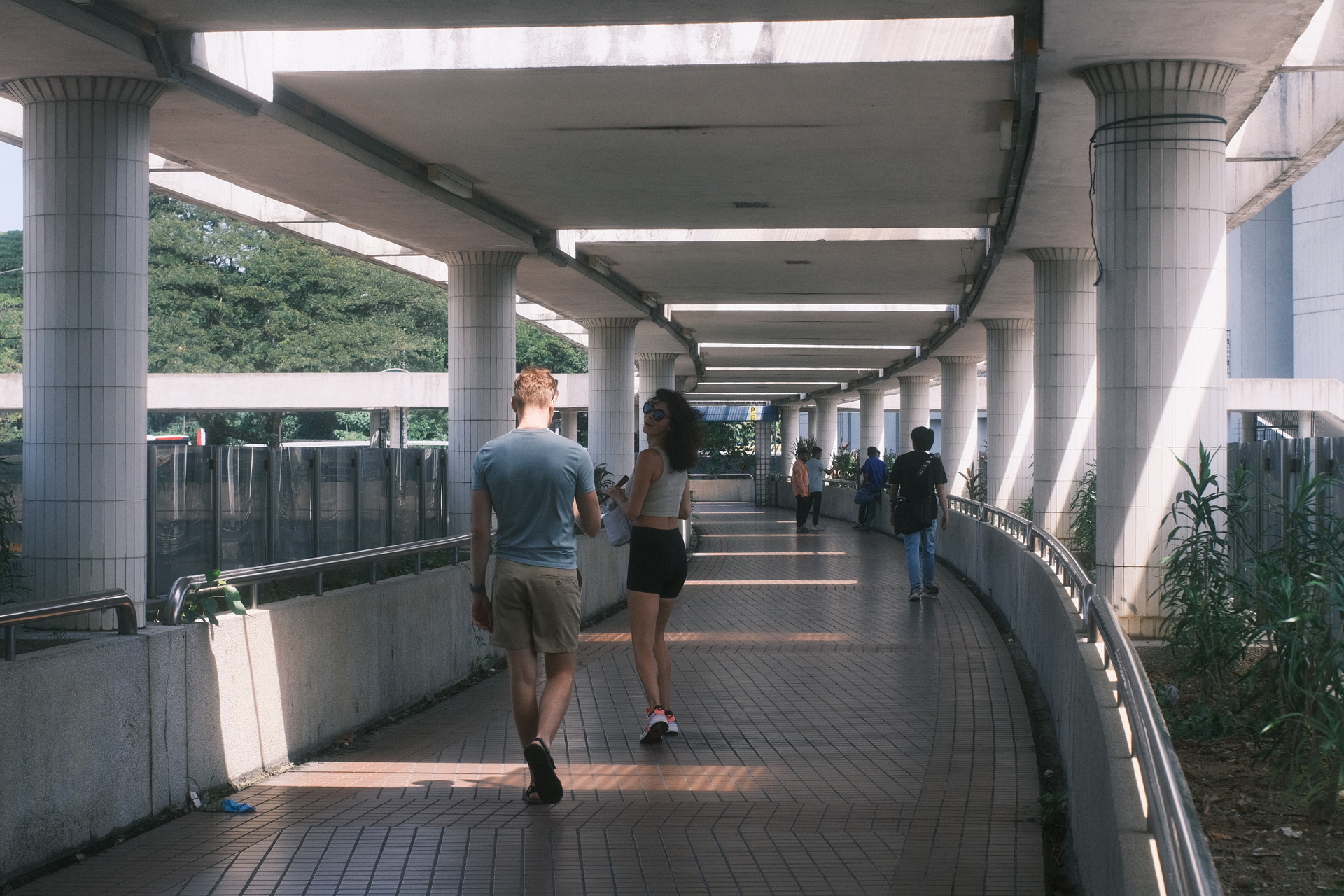
- Finding the Right Angle and Perspective: Often, changing your angle slightly can turn an ordinary street scene into a compelling photograph with strong leading lines. Experiment with different viewpoints – crouch down, climb up, or just tilt your camera to find the most effective use of lines.
- Balancing Composition with Spontaneous Moments: Street photography is as much about capturing spontaneous moments as it is about composition. Use this basic composition technique to compose your shot but be ready to capture the unplanned and unexpected moments that often happen in street photography.
- Examples of Effective Leading Lines in Street Photography: Consider iconic street photographs and notice how masters of the craft use leading lines. Observe how a seemingly mundane road leads to a striking subject or how the lines of a building frame a poignant human moment.
3. Practical Exercises for Mastering Leading Lines
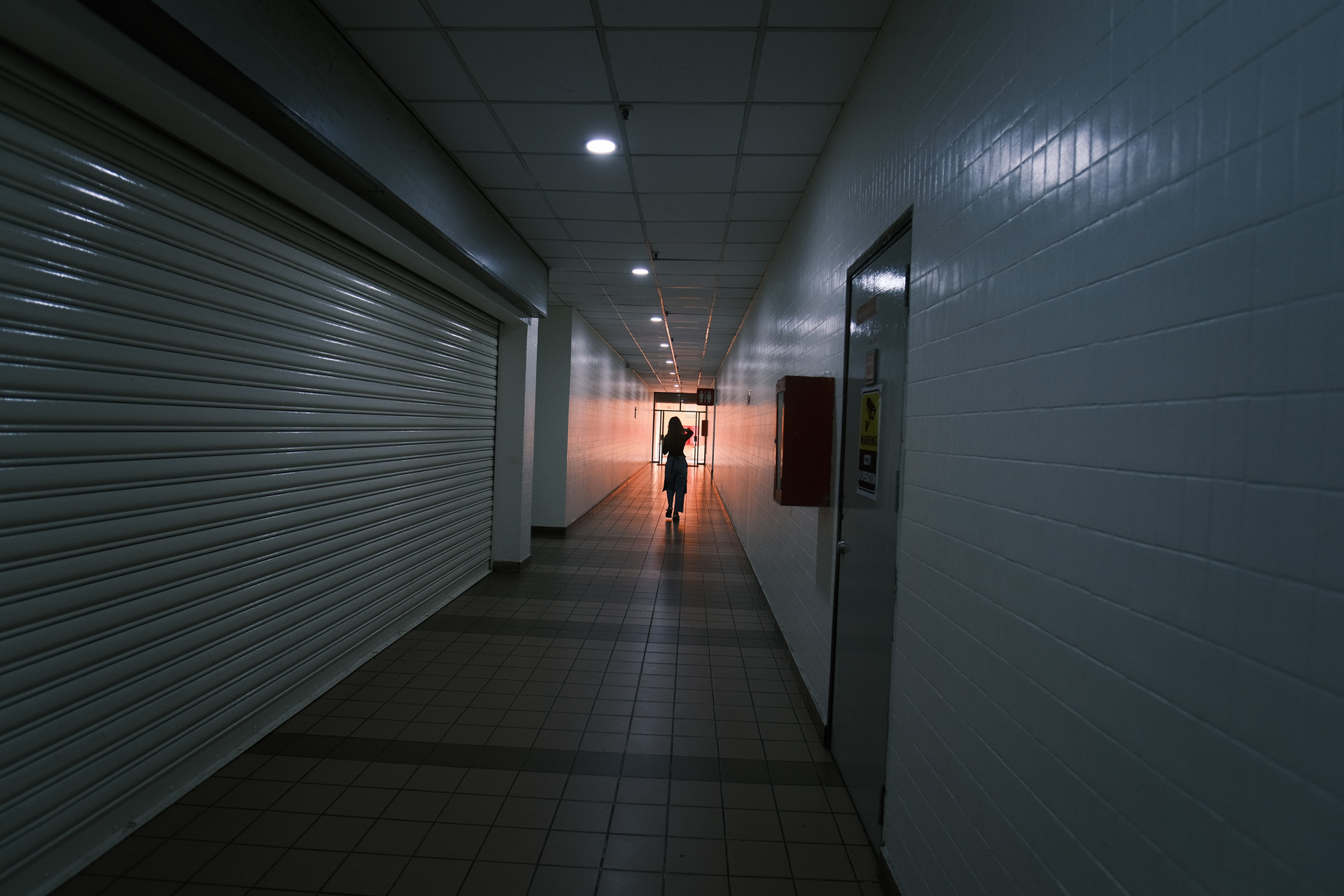
Learning to effectively use leading lines in photography is best achieved through practice. Here are some exercises that can help beginner photographers develop a keen eye for incorporating leading lines into their street and portrait photography.
- Street Photography Scavenger Hunt: Spend a day focusing solely on finding and using leading lines in an urban environment. Challenge yourself to capture at least ten different types of leading lines, such as shadows, architectural elements, and street markings. This exercise will heighten your awareness of the leading lines that surround you in everyday life.
- Comparative Study: Take a series of photos of the same subject, changing only your position or the subject’s position in relation to the leading lines. This exercise will help you understand how different angles and line orientations can change the dynamics of your photo.
- Review and Reflect: After each session, spend time reviewing your photos. Identify what worked well and what didn’t. Consider the strength of the leading lines, their direction, and how they guide the viewer’s eye towards or away from the main subject.
- Embrace Experimentation: The most important part of learning is not being afraid to experiment. Try unconventional angles, unusual leading lines, and unique subject placements. Not every shot will be a success, but each will teach you something about the use of leading lines in photography.
4. Common Mistakes and How to Avoid Them
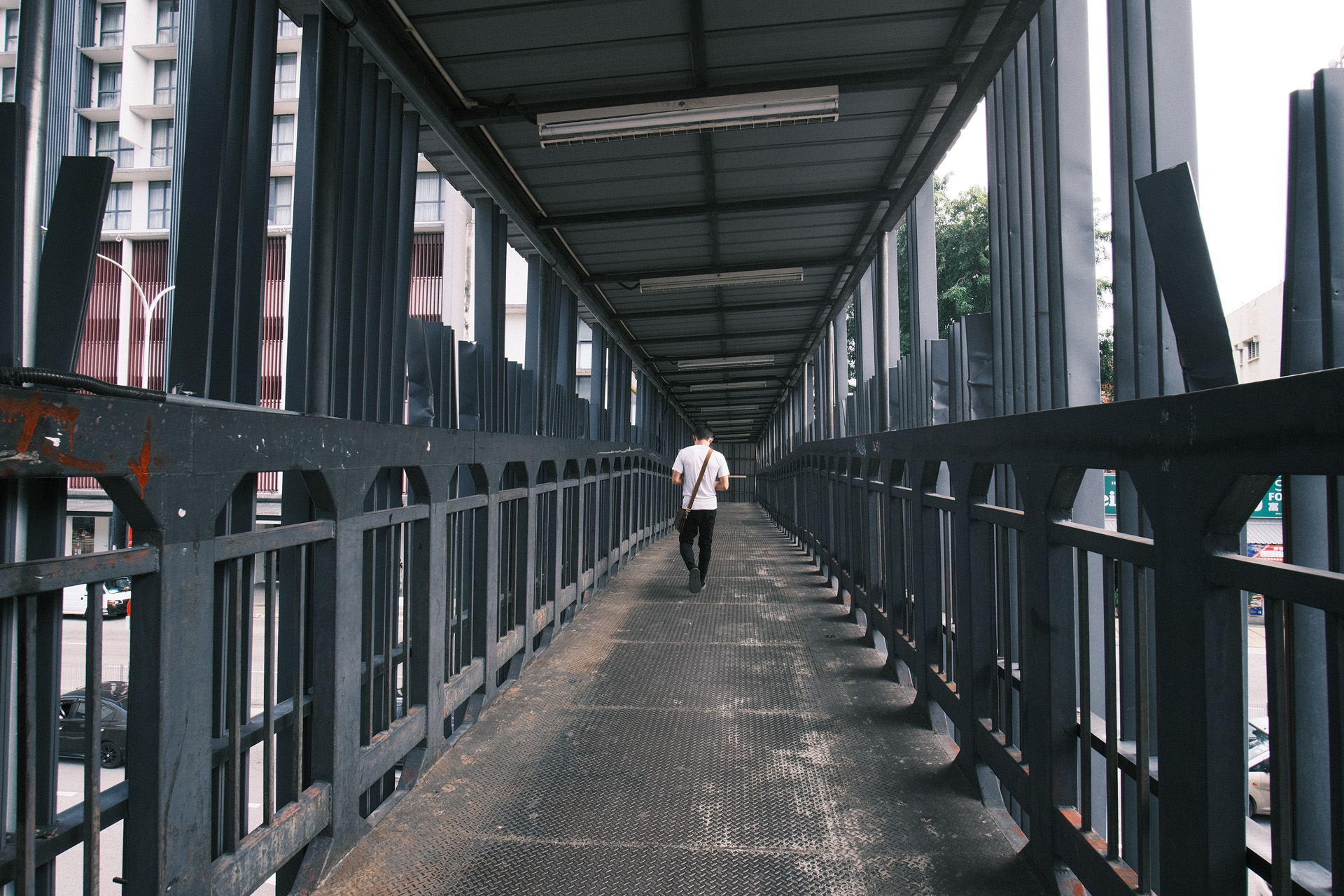
Understanding composition is key, but it’s easy to fall into certain pitfalls. Here are typical errors beginners make in photography, along with advice to sidestep them.
- Overemphasis on Composition Lines: While these lines are powerful, relying on them too much can result in unnatural compositions. The goal is subtlety. Use them to subtly enhance, not dominate, your subject. They should aid, not be the sole focus of your photo.
- Neglecting the Subject: Chasing perfect lines shouldn’t overshadow your main subject. These compositional elements should contribute to an interesting or meaningful focus. Reflect on the story you wish to convey and ensure the composition supports it.
- Ignoring the Background: Sometimes, compositional lines may inadvertently lead to a distracting background. Pay attention to where they direct the viewer’s gaze. Adjust your positioning or framing to make sure they enhance, rather than detract from, your subject.
- Losing Balance and Composition: The best compositions are well-balanced. Avoid letting the lines take over the frame. They should naturally guide the viewer’s eye, complementing the other elements in the shot.
- Avoiding Experimentation: A significant error is the lack of experimentation. Photography thrives on trying new angles, line types, and layouts. Every trial, whether it turns out as expected or not, is a chance to learn and grow.
5. Embracing Leading Lines in Your Photographic Journey
As we’ve explored, leading lines offer more than just structure; they serve as a narrative device that adds depth, direction, and meaning to your images. Whether capturing the dynamic streets of a city or the nuances of a portrait, effectively using leading lines can transform your work from simple snapshots into compelling visual stories.
For beginners, mastering the use of leading lines, along with the rule of thirds composition tips, marks a journey of discovery and growth in photography. The best way to learn these concepts is through consistent practice and experimentation. Each photo you take is a chance to refine these skills and carve out your unique artistic style. Embrace the challenges and learn from your errors, continually experimenting with various ways to blend leading lines and the rule of thirds into your compositions.
Photography transcends mere capture; it’s about conveying your perspective of the world. Leading lines, complemented by the rule of thirds, are instrumental in achieving this. Persist in your practice and learning, and most importantly, keep capturing. The world abounds with scenes and stories, all waiting to be framed through your lens with these powerful compositional tools. Delve deeper into the world of street photography with the creative composition techniques, not only refining your current skills but also introducing new dimensions to your work.
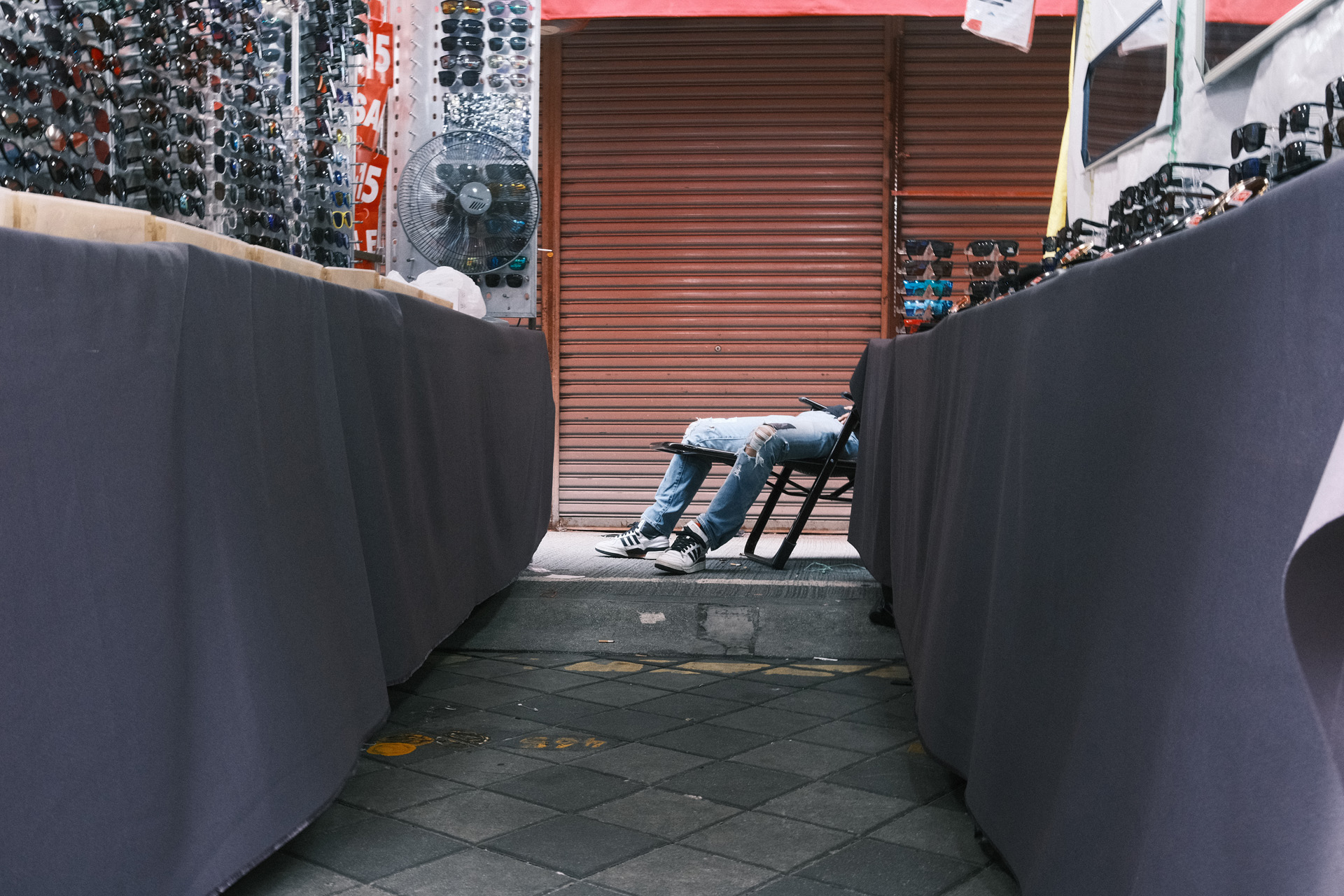
As you continue to hone your skills in using leading lines in photography, there are numerous resources available to further your learning and inspiration. Consider delving into specialized photography books that focus on composition techniques and visual storytelling; these can provide in-depth knowledge and examples of leading lines in various contexts.
Online courses are another excellent way to deepen your understanding, offering structured lessons on photographic composition, including the effective use of leading lines. Reading some of the best street photography books might also help you to get inspiration for your street photography projects. Participating in photography workshops can be particularly beneficial, offering hands-on experience and personalized guidance from experienced photographers.
Additionally, joining online forums and photography communities can be incredibly rewarding. These platforms allow you to engage with fellow photography enthusiasts, share your work, receive constructive feedback, and learn from the experiences of others. Remember, the journey of mastering photography is an ongoing process of learning, experimenting, and growing as an artist.
Choosing the perfect camera for street photography and determining the suitable focal length of camera lenses are crucial aspects to consider. Additionally, incorporating a wide-angle lens can greatly enhance leading lines composition, allowing for a broader perspective and more dynamic images. Embrace these resources as stepping stones towards refining your craft and developing your unique photographic voice.

